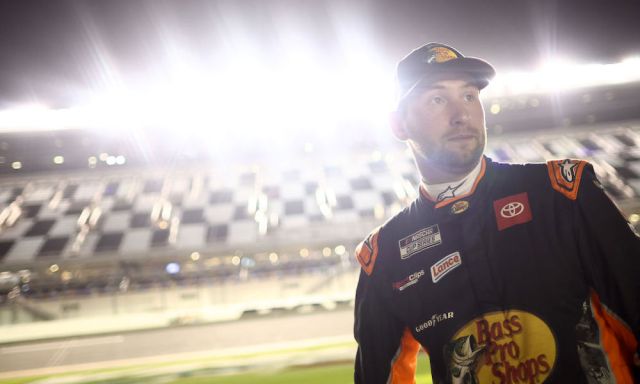Life in the Fast Lane: How Briscoe's Team Switch Transformed More Than Just His Career

Chase Briscoe quickly realized that his partnership with James Small would be anything but ordinary. Their first encounter set the tone—a casual lunch meeting shortly after Briscoe was signed by Joe Gibbs Racing—revealed a dynamic that was refreshingly different from typical driver-crew chief relationships.
From the moment they sat down, there was an instant chemistry that hinted at something special brewing. Small wasn't just another crew chief; he was a collaborator, a strategist who saw beyond the standard racing playbook. Their conversation flowed effortlessly, punctuated by shared laughter and a mutual understanding that would become the foundation of their racing partnership.
What began as a simple lunch meeting would soon transform into a powerful racing alliance, promising excitement and potential for the team's future. Briscoe knew then that this was going to be more than just a professional relationship—it was the start of something remarkable.

